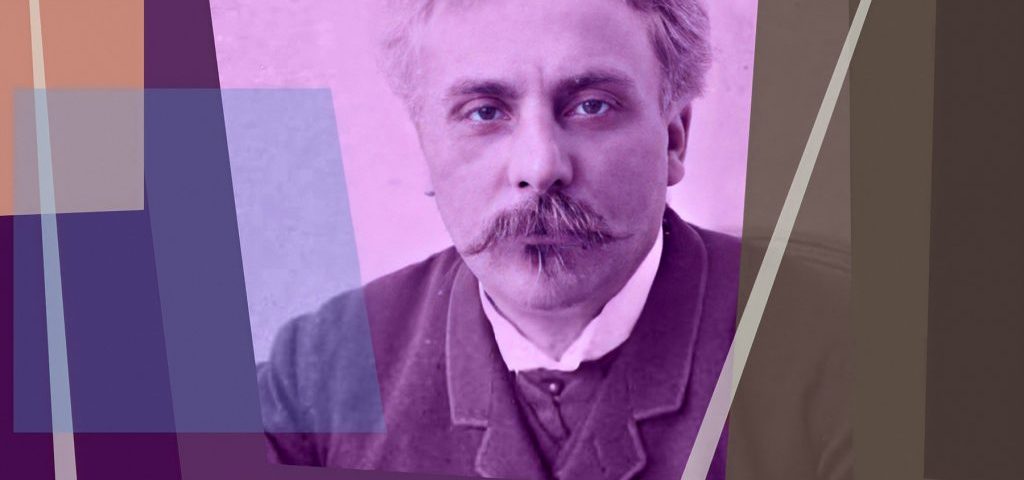Gabriel Fauré’s Dolly Suite: A Musical Portrait of Childhood Moments
The Story Behind the Dolly Suite
Between 1893 and 1896, Gabriel Fauré composed the Dolly Suite (Op. 56), a collection of six piano duets dedicated to Hélène Bardac, affectionately known as “Dolly.” Fauré’s close relationship with Dolly’s mother, Emma Bardac, inspired him to capture significant events from Dolly’s early life in music. Through this suite, Fauré blends personal emotions with whimsical melodies that celebrate the beauty of childhood.
A Journey Through the Six Pieces
The Dolly Suite opens with “Berceuse,” a serene lullaby originally composed years earlier and gifted for Dolly’s first birthday. This tender piece gently eases listeners into the suite’s playful world. The second piece, “Mi-a-ou,” reflects Dolly’s mispronunciation of her brother Raoul’s name, filled with lively rhythms that convey the joyful clumsiness of a young child learning to speak.
Next comes “Le Jardin de Dolly,” evoking the serenity and wonder of a garden, interwoven with themes borrowed from Fauré’s earlier violin sonata. The playful “Kitty-Valse,” which follows, doesn’t depict a cat as the name might imply. Instead, it celebrates the lively antics of the family dog, Ketty, through quick, dance-like rhythms. The suite then shifts tone with “Tendresse,” a more introspective piece marked by lyrical chromaticism, hinting at the musical style later developed by Ravel and other French impressionists.
The suite concludes with “Le Pas espagnol,” a vibrant Spanish dance that channels Dolly’s fascination with equestrian statues. This final piece bursts with energy, mimicking the sounds of castanets and embodying the lively, rhythmic spirit of Spanish culture.
From Piano Duets to Orchestral Performances
Initially composed for piano four-hands, the Dolly Suite quickly grew in popularity, prompting new adaptations. In 1906, conductor Henri Rabaud orchestrated the suite, which later accompanied a ballet at Paris’ Théâtre des Arts. The ballet format highlighted the suite’s ability to evoke both playful innocence and sophisticated emotion, further cementing its place in classical music.
Fauré’s Mastery of Melodic Charm and Harmonic Innovation
Through the Dolly Suite, Fauré showcases his talent for capturing both personal experiences and universal emotions. His clever use of melody and harmonic shifts reflects not only the joys of childhood but also the elegance of French Romantic music. These elements continue to charm audiences, ensuring the suite’s enduring popularity as both a concert piece and a teaching tool for young musicians.
In Concert
The Dolly Suite will be performed by the La Mirada Symphony on Oct. 27, 2024, under the direction of Alan Mautner.

